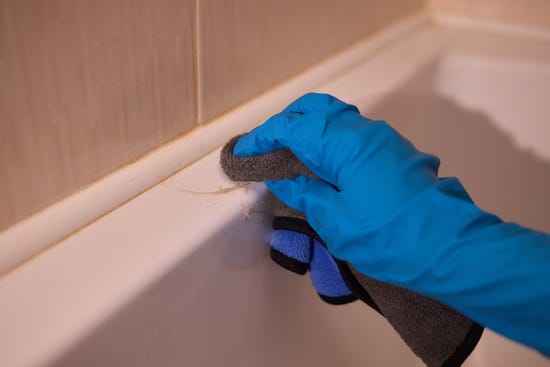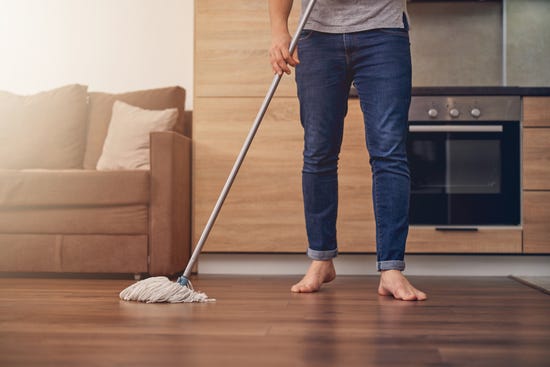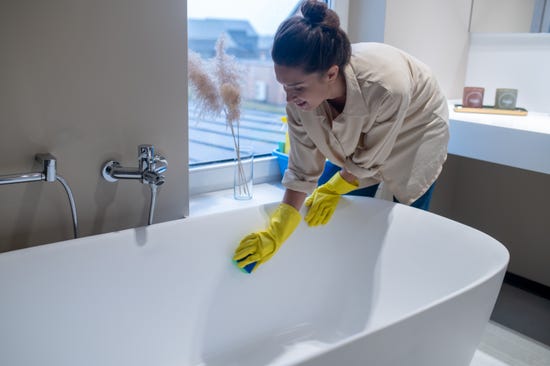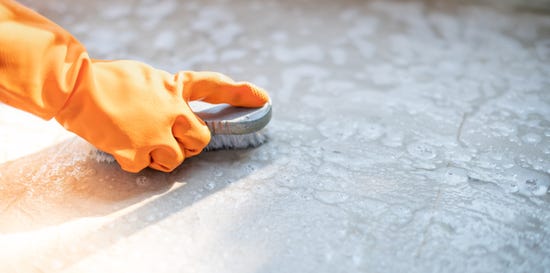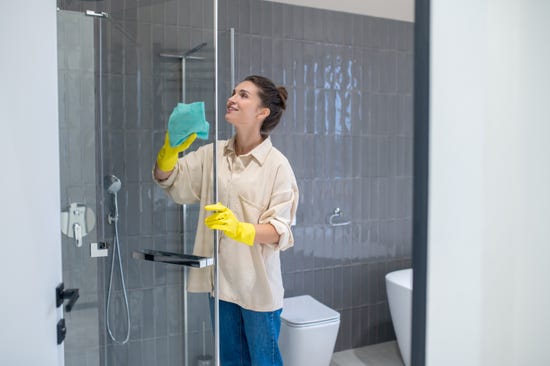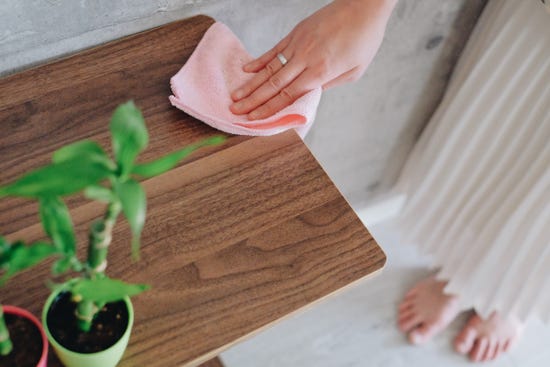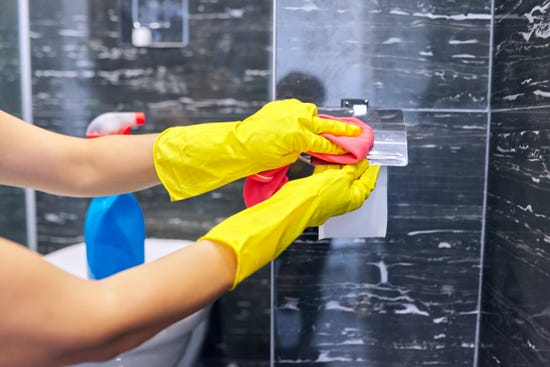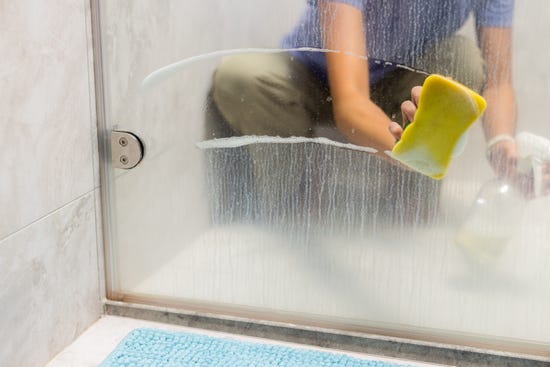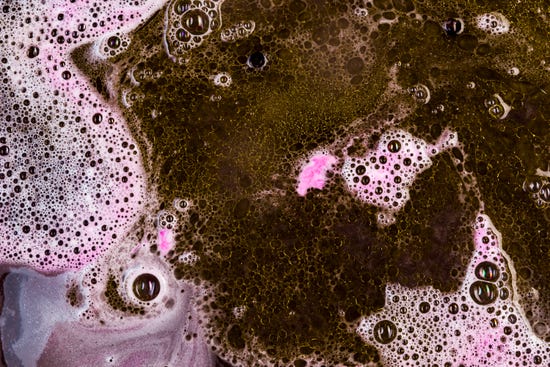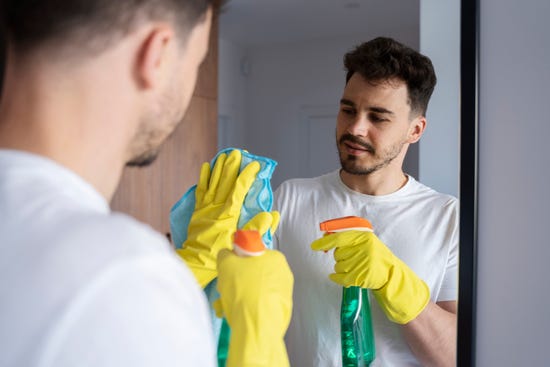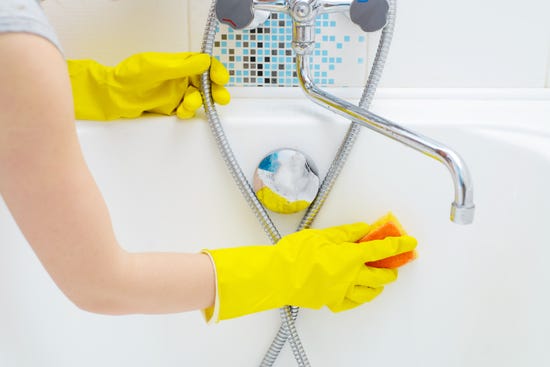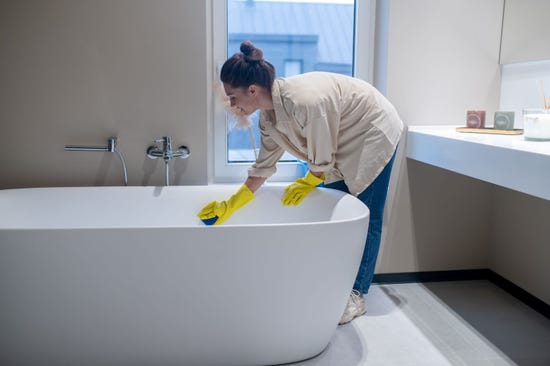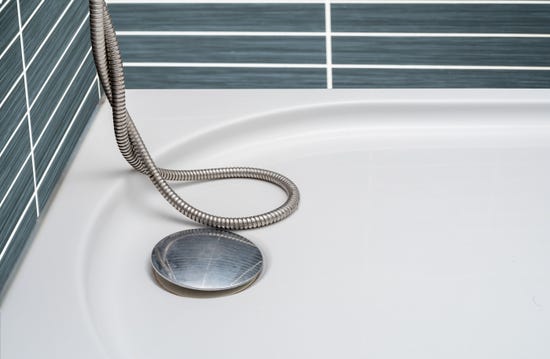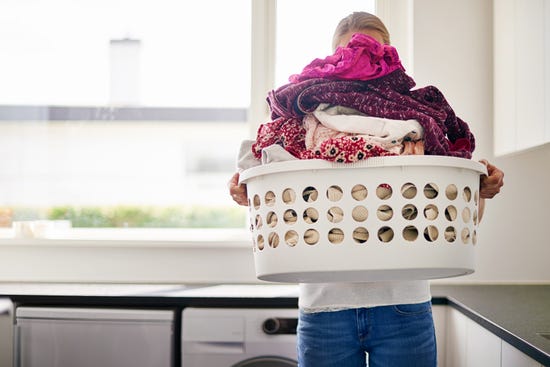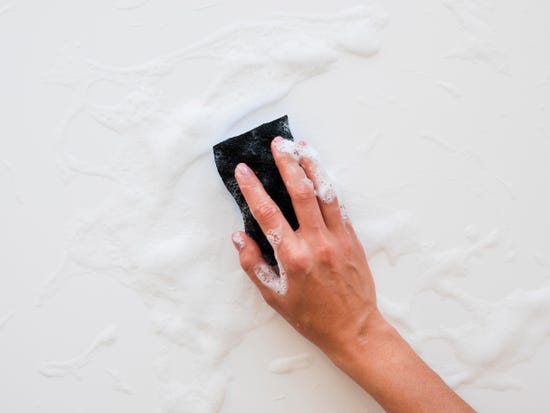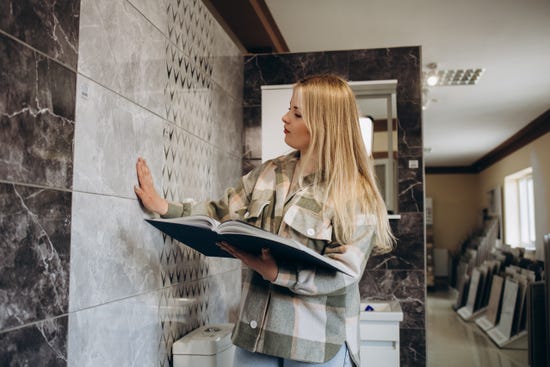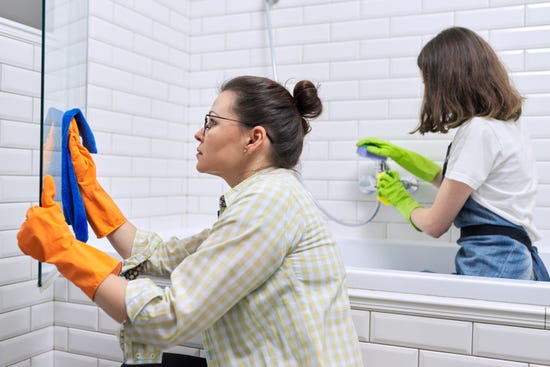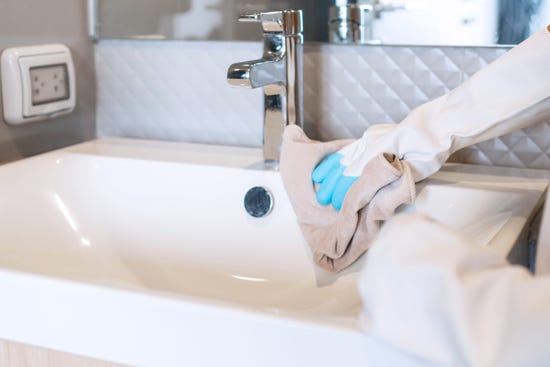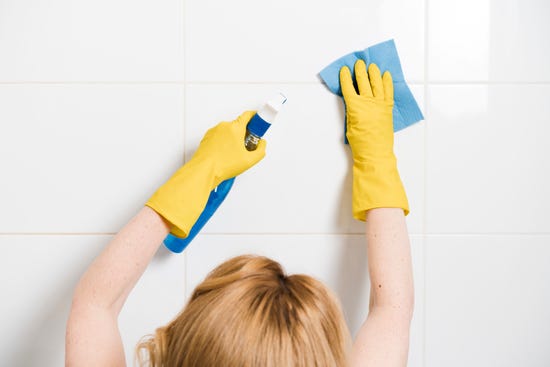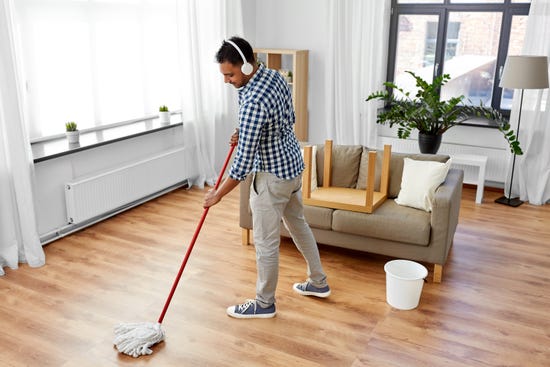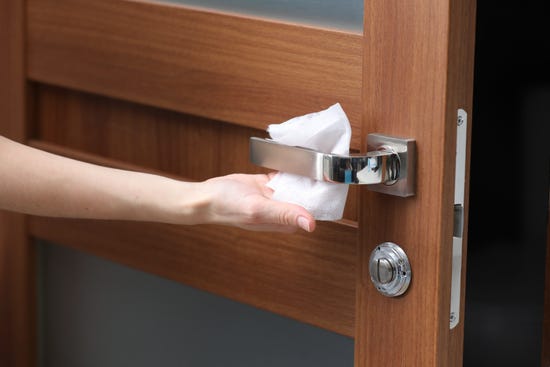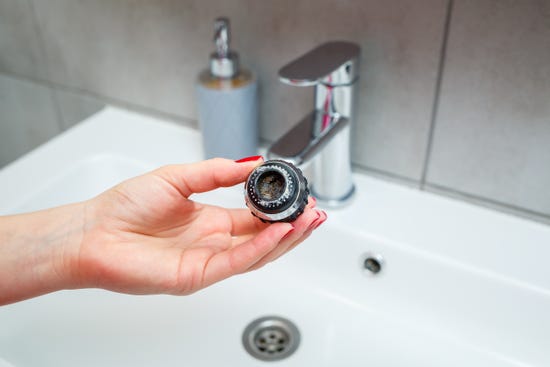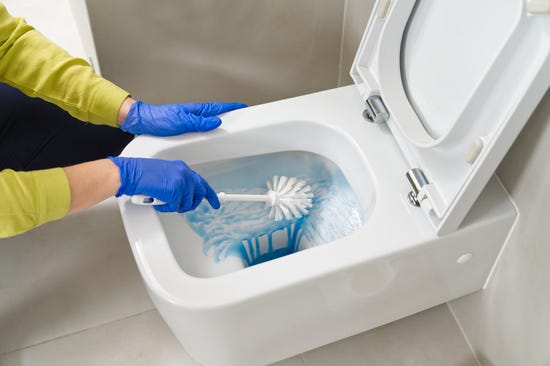
How to Clean Linoleum Floors
How to Clean Linoleum Floors
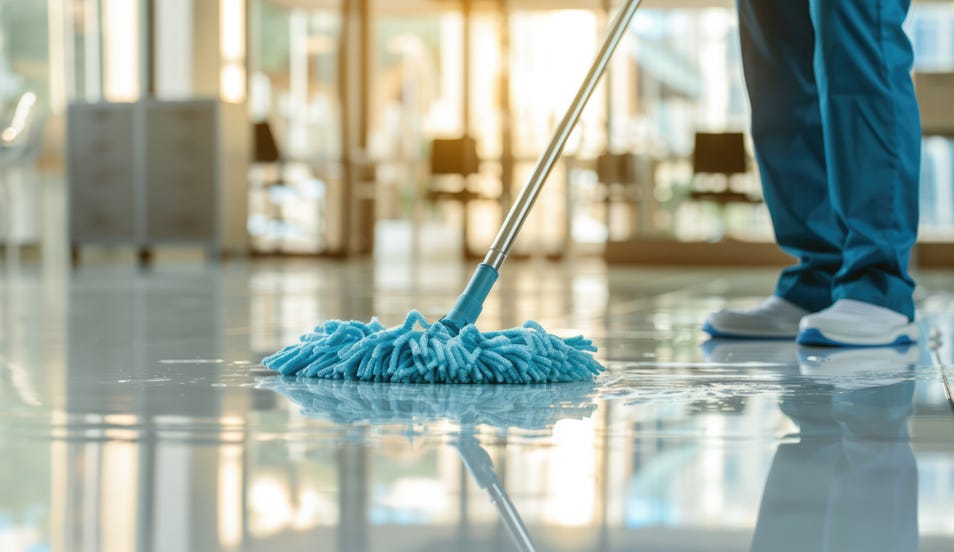
Linoleum floors are a popular choice in clinics, healthcare facilities, office spaces and other high-traffic environments because they’re durable, easy to maintain, and cost-effective. But these busy areas also create the perfect conditions for germs to thrive. Frequent foot traffic, spills, and contact with shoes and equipment mean bacteria and viruses can easily settle on floors and surfaces.
In healthcare and office settings, where many people come and go daily, germs can spread quickly, increasing the risk of illness. Floors may look clean, but without proper disinfection, harmful microorganisms can linger, putting staff, patients and visitors at risk.
That’s why using trusted products like Lysol® is essential. Lysol® kills up to 99.9% of bacteria and viruses, ensuring your linoleum floors are not only spotless but also hygienically safe for everyone.
In this guide, we’ll walk you through how to clean and disinfect linoleum floors to keep them looking great and protect the health of your space.
Best way to deep clean linoleum floors
Step 1: Sweep the floor
It is essential to remove loose dirt and dust from the linoleum floor surface before performing a deep clean. Use a soft-bristle broom or vacuum cleaner to sweep away debris, paying special attention to corners and edges where dust tends to accumulate. This step ensures that dirt particles don’t scratch the floor during the mopping process, keeping the surface smooth and damage-free.
Step 2: Dust the floor with a microfiber mop
Even the most diligent vacuuming or sweeping may fail to eliminate dust and other debris. Use a microfiber mop to capture fine dust particles that your broom or vacuum cleaner might have missed. Glide the mop across the floor, focusing on high-traffic areas where dirt buildup is common. Regular dusting helps maintain the floor’s shine and prevents dirt from embedding in the surface.
Step 3: Prepare Lysol® Liquid Cleaner
In a bucket, combine 1 gallon of warm water with ¼ cup (2 fl. oz.) of Lysol® Multi-Surface Liquid Cleaner. We recommend using it at full strength to clean dirt, dust, grime, and stains across the entire surface area of your floor. If using at full strength, always remember to rinse thoroughly with clean water.
Step 4: Mop the floor
Submerge your microfiber mop into the cleaning solution and wring out the excess liquid to avoid over-wetting. Mop the floor in sections, moving in a back-and-forth motion, and follow the grain of the linoleum if visible. Apply gentle pressure to remove dirt and stains without scrubbing too hard. Rinse the mop frequently to avoid spreading dirt around and ensure a thorough clean.
Step 5: Rinse the floor
After mopping, it’s crucial to rinse the linoleum floor to eliminate any soapy residue that could leave streaks. Fill a clean bucket with warm, fresh water and use a damp microfiber cloth to wipe down the floor. Make sure to replace the water if it becomes cloudy. This step not only removes leftover cleaner but also helps maintain the floor’s natural luster.
Step 6: Dry the floor
To avoid water spots and streaks, carefully dry the floor using a clean, dry microfiber cloth or towel. Begin at one end of the room and work systematically to prevent leaving any damp spots. Air drying may allow moisture to infiltrate seams, leading to warping or mold growth. Adequate drying is crucial for maintaining the linoleum’s sleek, polished appearance.
Additionally, for quick cleanups and regular maintenance of linoleum floors, Lysol® Disinfecting Wipes are a convenient go-to solution. They’re perfect for spot-cleaning spills, tackling sticky spots, and disinfecting high-touch areas without the need for buckets or sprays. Plus, they help eliminate 99.9% of viruses and bacteria, adding an extra layer of protection to your cleaning routine.
FAQs
How often should I clean my linoleum floors?
Ideally, sweep or vacuum the linoleum floors daily and mop weekly to prevent dirt buildup and maintain their appearance. Additionally, deep or thorough cleaning, including scrubbing, should be performed at least once or twice a year.
What should I avoid when cleaning linoleum floors?
Avoid using abrasive scrubbers, bleach, or ammonia-based cleaners on linoleum, as they can cause scratches and strip the protective coating. Excessive water should also be avoided, as it can seep into seams and cause the wood to warp.
Why does my linoleum floor look dull after cleaning?
Linoleum floors can appear dull due to the use of the wrong cleaning products, improper rinsing, or residue buildup from cleaning solutions.
Can germs survive on linoleum floors?
Yes, germs can linger on linoleum, especially in busy areas like clinics and offices. Even if floors appear clean, bacteria and viruses can still be present. Lysol® disinfects kill up to 99.9% of bacteria and viruses when used as directed, helping to keep your floors hygienic.
Will disinfecting linoleum floors leave a strong chemical smell?
Not with Lysol®. Our products are designed to effectively kill germs while leaving behind a clean, pleasant fragrance - no overpowering chemical odours. That way, your space feels fresh and welcoming after every clean.



